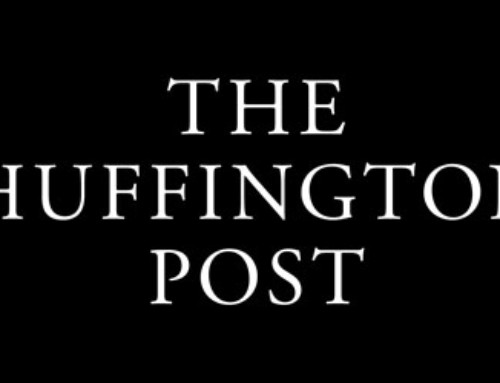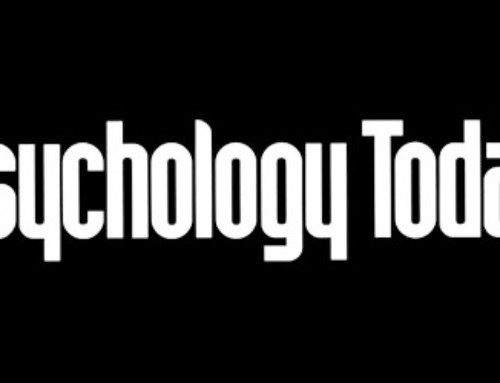The sci-fi movie masterpiece Blade Runner turns 30 this month, and it’s still ahead of where we are culturally. Out of all the cinematic depictions of the future made in the early 1980s, Blade Runner got it right, since we haven’t arrived there yet. It’s a future both cool and corrupt, visually appealing and overwhelming, enticing and somewhat menacing. Thirty years on, the cinematic effect Blade Runner had on our culture can’t be denied. With similar cultural shorthand to mentioning the Ken Burns historical slideshow effect, just tell someone you want a film or video to look like Blade Runner and they’ll immediately know what you’re talking about.
What Blade Runner really nails is a mood, both in the feeling of alienation and the effects of globalization reaching a fascinating tipping point, especially since its set in the Los Angeles of 2019, where the reality is closer than ever. Vibrant echoes of Ridley Scott’s neon urban cityscape can be seen in Times Square or downtown Tokyo. Our world doesn’t yet contain never-ending rainy skies, although the plastic garbage heap the size of Texas floating in the Pacific Ocean would fit in well with the bleak Blade Runner universe. And, in seven years’ time, when the effects of global climate change are stirring up even more dire weather patterns, it’s possible that downtown Los Angeles will always have a storm system overhead. While there’s no Internet in Blade Runner, the voice activated photo analysis machine Harrison Ford’s Deckard utilizes contains elements of Adobe Photoshop. Out of control killer androids haven’t been built yet, but we’re on the skyway to having flying cars by 2019, especially if they are used for law enforcement. Armed flying drones are currently on the loose, but not in the urban core of Los Angles.
As the making Blade Runner documentaries included in the last few re-releases have told us, Blade Runner was made on the cheap, which makes it all the more impressive all these years later. Most of the visually cool elements in the film that reinvented science fiction happened by accident or necessity. Ridley Scott had to create Los Angeles circa 2019 with a tight budget and an even tighter schedule. The gloomy atmosphere and rainy skies were used to good effect to disguise quickly designed, and hastily thrown together sets. The special effects, created using limited technology without computer animation, were a revelation in cinema innovation. The decadent and high-tech futuristic urban spaces are as believable now as when the movie was released. Scott created in Blade Runner a used future, an environment where every character — from Deckard’s hard boiled ex-cop working one last case, to the head of the Tyrell corporation with his mega-thick lenses, to Rutger Hauer’s Roy Batty, a killer android on a mission to squeeze every last second out of a life winding away—lives and breathes in a Sci-Fi world brought to life with a sharpness and vision rarely achieved. And Roy Batty’s dying speech feels like a snippet pulled out of a futuristic Shakespeare play set on Mars. “… All those moments will be lost in time. Like tears in rain. Time to die.”
Beyond the brilliant look of the film, which relies for mood and setting on classic Film Noir movies as much as it does on building a damp and dusty lived-in future, are the philosophical questions about how people live in such a world. When Deckard kills a replicant, he’s traumatized in the same way he’d be if he killed a person, despite the artificial construct of the target. So, for Deckard to fall for Sean Young’s replicant isn’t difficult to believe. In a desensitized world with insane killer robots on the loose, why not couple up with an android and fly away to points north. In the original theatrical release, Deckard and Rachael escape in his flying car, and in the (now removed) voice-over narration, Deckard muses that unlike most replicants she doesn’t have an expiration date. In Ridley Scott’s 2004 final cut of the film, the “happy ending” has been replaced for a more open-ended conclusion, where the two of them leave Deckard’s apartment, the movie ends, and the viewer is left to imagine the type of life this unconventional couple would have in the stark future depicted in Blade Runner. This is the ending Ridley Scott intended, and the one that resonates with how our overloaded and overstimulated world is moving deeper into the twenty-first century.




